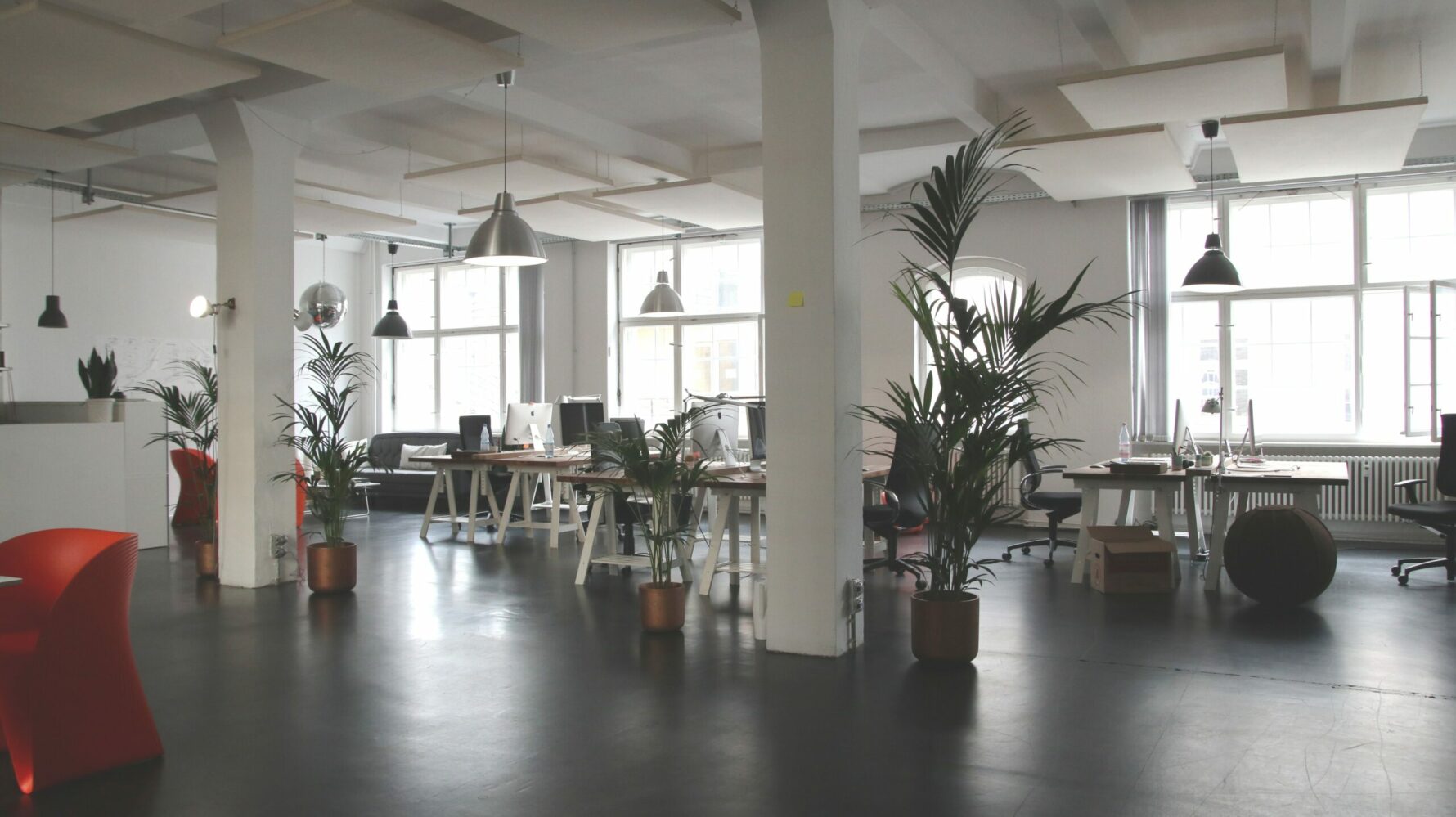It’s no secret that the way we work has undergone significant changes over the last few years, with hybrid working becoming an often-expected standard in the workplace. Hybrid working has become increasingly common within talent attraction, amongst job postings in the UK nearly half (45%) of those listed in August were hybrid. This is more than a third more than in August 2022. With employees choosing to work from home at least part of the week, the need for a desk per head has dropped and therefore the amount of space required. One particular example of large companies reducing office space amid the popularity of hybrid working is Facebook’s parent company Meta. They recently made headlines by paying £149m to break the lease on its central London office despite being only two years into their contract.
However, as of late, it seems for certain industries more and more staff are expected to return to the office full-time. A recent survey of global CEOs by KPMG showed that 64% of them expect staff to be back in the office full-time within three years. With companies such as Google, Amazon, Disney and Salesforce backtracking on their working from home policies, what lies in store for the modern workplace?
Creating the Most Effective Workspace
Whilst the debate around the permanency of hybrid working continues, the impact on facilities managers is undeniable. One of the challenges brought about by hybrid working is managing occupancy and space utilization as office routines are less predictable and more variable than before. Advanced technology such as space management tools, provide data to understand how many staff members are in the office on set days and how best to use the available space. With offices seeing the majority of footfall midweek, services could be reduced or increased accordingly based on data collected by sensors and an IWMS (integrated workplace management system) saving money and resources.
What’s more, investigating the use of space and changing layouts can lead to longer-term productivity improvements, for example large under-used meeting rooms could be partitioned and made into smaller ones to accommodate higher turnover, or break-out areas could be created to bolster knowledge-sharing and innovation at a time of potential stagnation. As some companies offer various incentives to return to the office such as free meals, social initiatives and health and wellbeing benefits, a significant factor in enticing a return to the office is desk layout. The design of an office or workspace can make it more than just a place to work but also a place to meet, interact, and collaborate with colleagues. Our QFM Space software makes this process easy through integration with Auto CAD and Revit to provide high-quality floor plans with graphical move planning tools to allow organizations to efficiently co-ordinate the process.
Embracing Regional Hubs
With considerably less occupancy in workplaces compared to pre-pandemic levels, some organizations in Australia have leaned towards regional hubs in place of expensive unoccupied office space in major cities. Regional hubs can be found in various sectors, including education, forestry, banking and finance. In a new report from Australia’s national science agency, CSIRO, and the Tech Council of Australia found 96 digital clusters located in every state and 60 greater city clusters including areas such as Parramatta, Hobart, Northbridge in Perth, Darwin and Adelaide. It is suggested geographical concentration of innovation like this boosts productivity and growth.
Many companies have realized that they do not need large-scale office space in city centers but can offer their staff more flexibility and options by having multiple locations in different regions. For example, Google is set to open three new offices in Australia, in Adelaide, Canberra and the Gold Coast, in addition to its existing Sydney and Melbourne offices to support its growing workforce.
Using sensors and IoT (Internet of Things) technology can give copious data backed insights into how workspaces are being used allowing FMs to provide operational efficiencies and improved asset performance. By placing this technology across all sites, facilities managers are granted the option to manage assets and sites securely from one location regardless of how many sites or workplaces they have to manage.
The Uncertain Future of Hybrid Work
With regular updates and changes to company’s hybrid working policies, it is evident that nobody has a clear picture of the future and how hybrid working will evolve but we must be prepared to adapt to the circumstances that may arise. Facilities managers will need to ensure workspaces are adaptable and versatile to accommodate changing business and employee requirements. One way to ensure this is by harnessing the power of the smart technology discussed to create data-driven decisions and predictive workspace analysis.
For more information or to speak to Service Works Global about how QFM can help with challenges within your company, please get in touch with us here.
Keep up to date on the latest industry and technology developments. Sign up to receive SWG’s blog delivered straight to your inbox:
 Canada
Canada




